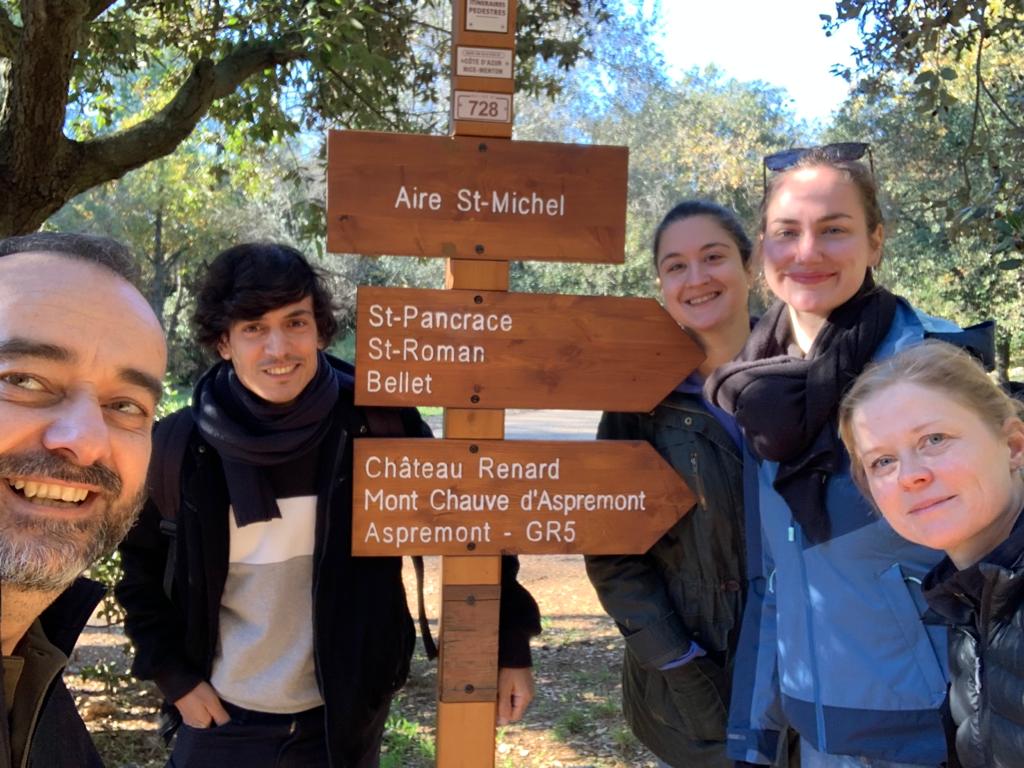Lab
Telomere and Genome Stability Laboratory
|

|
Statement of Research Interest
Despite the crucial work performed in the mouse model system over the past 15 years, major disparities in telomere length between humans and mice (mouse telomeres are 5–10 times longer than those of humans) remain as an obstacle as to interpret the relevance of these studies for human health. Namely, the telomerase-deficient mouse showed no relevant phenotypic differences from its normal siblings, suggesting that—at least for laboratory mouse strains—aging and cancer are not direct consequences of the minor telomere shortening occurring throughout their lives.
To analyze the consequences of telomere dysfunction in the whole organism, we have chosen to work with zebrafish, an organism with naturally shorter telomeres. Our goal is to use the knowledge acquired on the molecular nature of telomere protection to understand the consequences of its failure at the organism level. Our base hypothesis implies that telomere dysfunction signals a cascade of events that triggers cellular senescence and organism aging. We will test this idea by manipulating telomere dysfunction (in a time- and tissue-specific manner), using transgenic zebrafish. Our vision is that enabling timely telomere protection in a few key tissues will postpone aging in the whole organism and, as a consequence, reduce the frequency of age-associated diseases, in particular, cancer.
We have two main projects running in our lab. The first concerns the broader question of whether telomere defects are cell-autonomous or, alternatively, whether telomere dysfunction acquired in specific tissues somehow signals other organs, thereby coordinating organism aging. The second question relies on a more straightforward use of telomerase-mutant zebrafish to genetically determine the stage at which telomerase expression is required during cancer development, using an established model of invasive melanoma.
To analyze the consequences of telomere dysfunction in the whole organism, we have chosen to work with zebrafish, an organism with naturally shorter telomeres. Our goal is to use the knowledge acquired on the molecular nature of telomere protection to understand the consequences of its failure at the organism level. Our base hypothesis implies that telomere dysfunction signals a cascade of events that triggers cellular senescence and organism aging. We will test this idea by manipulating telomere dysfunction (in a time- and tissue-specific manner), using transgenic zebrafish. Our vision is that enabling timely telomere protection in a few key tissues will postpone aging in the whole organism and, as a consequence, reduce the frequency of age-associated diseases, in particular, cancer.
We have two main projects running in our lab. The first concerns the broader question of whether telomere defects are cell-autonomous or, alternatively, whether telomere dysfunction acquired in specific tissues somehow signals other organs, thereby coordinating organism aging. The second question relies on a more straightforward use of telomerase-mutant zebrafish to genetically determine the stage at which telomerase expression is required during cancer development, using an established model of invasive melanoma.
Lab Members
